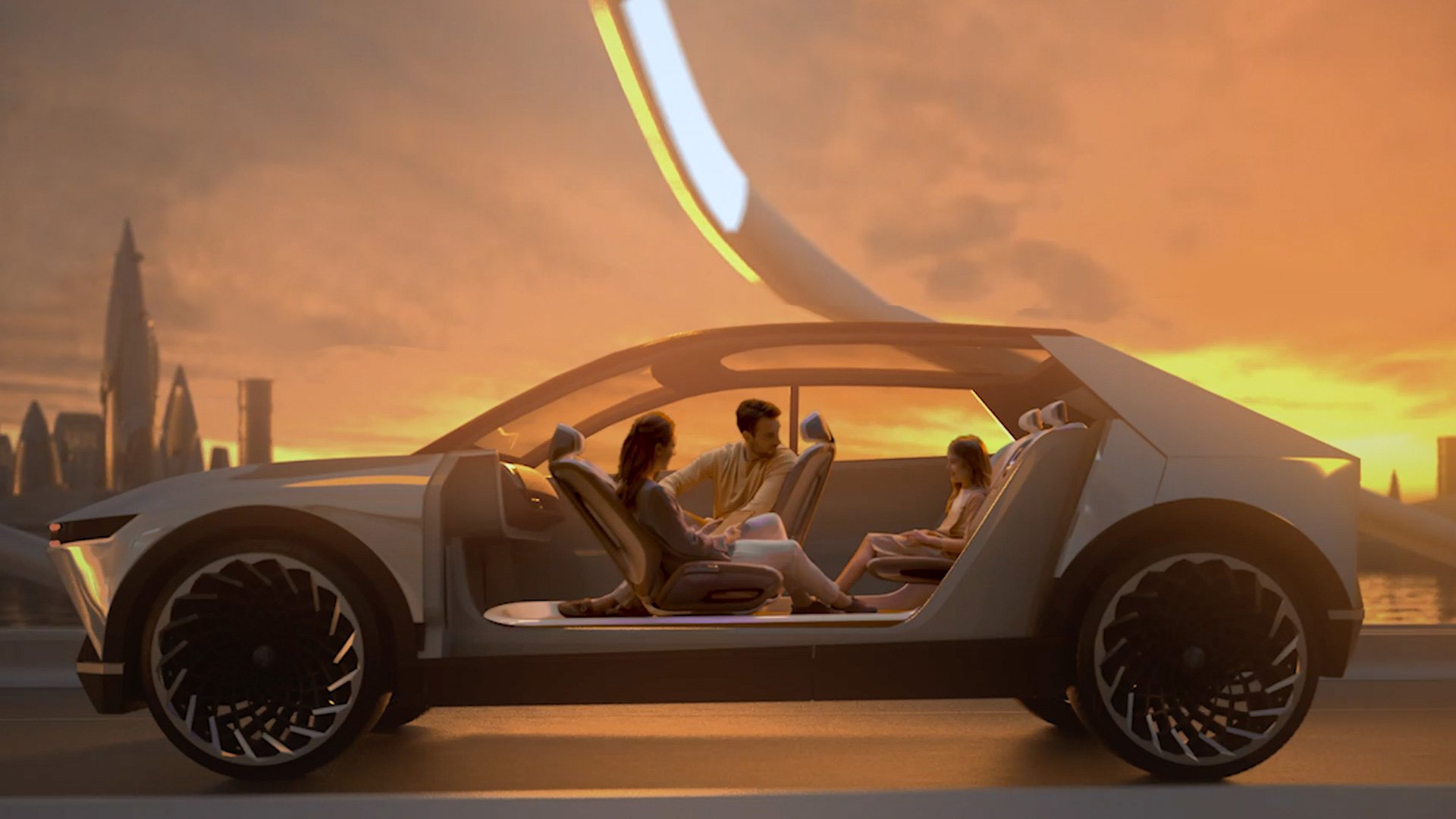Seamlessly integrated into the ventilation system of this future vehicle, this modular algae panel provides not only passive clean air but also sunshade and curiosity for the immense power of nature.
Time Frame
8 Weeks– Jan-Jul 2024
Team: Individual
An extension of previous project Air Pocket, a collaboration with a Hyundai CMF Designer.
Skills:
Design research, Adobe Creative Suite PS AI, CAD Modeling 3D printing, Procreate
Problem Statement
Polluted air is concentrated in indoor spaces.
It is well known that cars produce carbon emissions.
In South Korea, vehicles produce around 27% of emissions. Moreover, micro-dust, consisting of carbon and metals, build up and directly harm human cells. This can lead to a shortened lifespan, birth defects, and respiratory disease.
How might we provide clean air to the passenger and reduce carbon emissions?
Goals
This project addressed three crucial aspects that align with Hyundai's design objectives and upcoming market trends.
Firstly, it focused on creating a more sustainable environment to pave the way for a brighter future. Moreover, it emphasized infusing designs with insights drawn from nature. All these elements were integrated into the concept of future autonomous vehicles, showcasing Hyundai's commitment to innovation and sustainability.

Exploring Nature– Which species most efficiently filters Earth's air?

Delving into researching algae under the microscope

@NatureLab– Using minimum equipment, we created our own mini wet lab cultivating microalgae!

Jellifying liquid microalgae cultures with hydrogel

Talking to professionals– MIT, Northeastern, URI, Roger Williams University professionals

Proof of Concept– Using professional PAM equipment, we proved the efficiency of air filtration via photosynthesis
Evolution of Concept
Due to large panoramic sunroofs and the problem of no sun protection and shade for the passenger, it opened up the chance for our algae material to be incorporated into these specific areas (highlighted in green circles).
This was the first in-scale physical iteration of the concept. This material is engineered to provide the passenger with clean air, and spark a visual and sensory curiosity for the power of nature.
Utilizing meticulous research on algae and collaboration with the HMG future design team, Hanroof is another imagination of how we could collaborate with nature in the context of future private and public transportation.
How It Works
Instead of discarding used algae, the proposal suggests processing it in a biomass facility for reuse, highlighting Hyundai's potential to adopt algae as a regenerative material.
Thinking Systematically
Moodboard of Concept
Inspired Patterns from Moodboard

Seamlessly integrated into the ventilation system of this future vehicle, this modular algae panel provides not only passive clean air but also sunshade and curiosity for the immense power of nature.



















